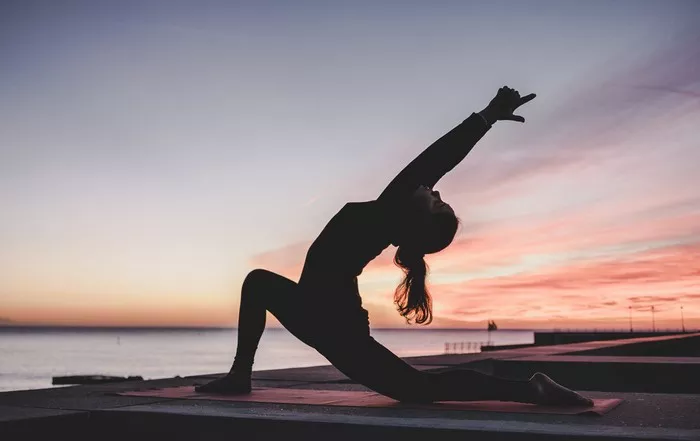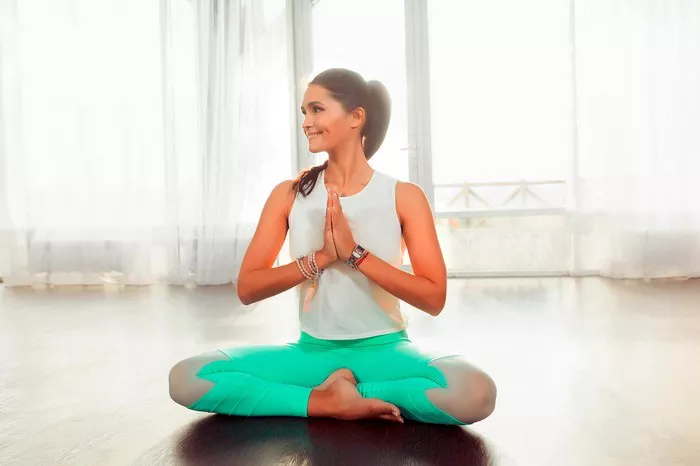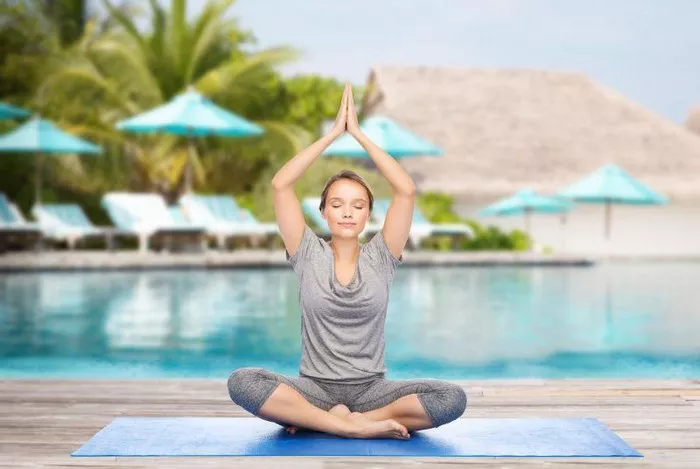Yoga has long been suggested as a remedy for health issues related to aging, including urinary incontinence (UI). However, new research from UC San Francisco reveals that pelvic floor yoga is not significantly more effective than a general exercise program in reducing UI symptoms among older women.
Published on August 27 in the Annals of Internal Medicine, the study led by Dr. Alison J. Huang, a professor of Medicine, Epidemiology and Biostatistics, and Urology at UCSF, involved 240 women aged 45 to 90 who experienced daily urinary incontinence. Participants were randomly assigned to either a pelvic yoga program, which included group classes twice a week and individual practice once a week, or a general conditioning program focusing on muscle stretching and strengthening.
The findings showed that women in the yoga group experienced a more than 60% reduction in the frequency of incontinence episodes, decreasing from an average of 3.6 episodes per day to fewer than 1.4. Meanwhile, those in the general conditioning group reported nearly a 50% improvement in their symptoms. Both groups achieved clinically significant reductions in incontinence, although the yoga program demonstrated only modestly greater improvements in some specific urinary symptoms.
Dr. Huang noted that while some women may prefer yoga for its additional mind-body benefits, the findings suggest that engaging in other forms of physical activity could yield similar results. “Because yoga often requires specialized instruction and equipment, it may be more practical and cost-effective for women to pursue general physical conditioning exercises,” she stated.
Urinary incontinence affects nearly half of midlife and older women and can lead to significant emotional and social challenges. The LILA study (Lessening Incontinence through Low-Impact Activity) challenges the notion that specialized pelvic yoga is necessary for managing incontinence, proposing instead a broader focus on enhancing overall physical function in older adults.
“The results may encourage a shift in treatment strategies for incontinence,” Dr. Huang explained. “Instead of concentrating solely on bladder-specific treatments, we might consider methods that enhance overall physical well-being as we age.”
You Might Be Interested In
























